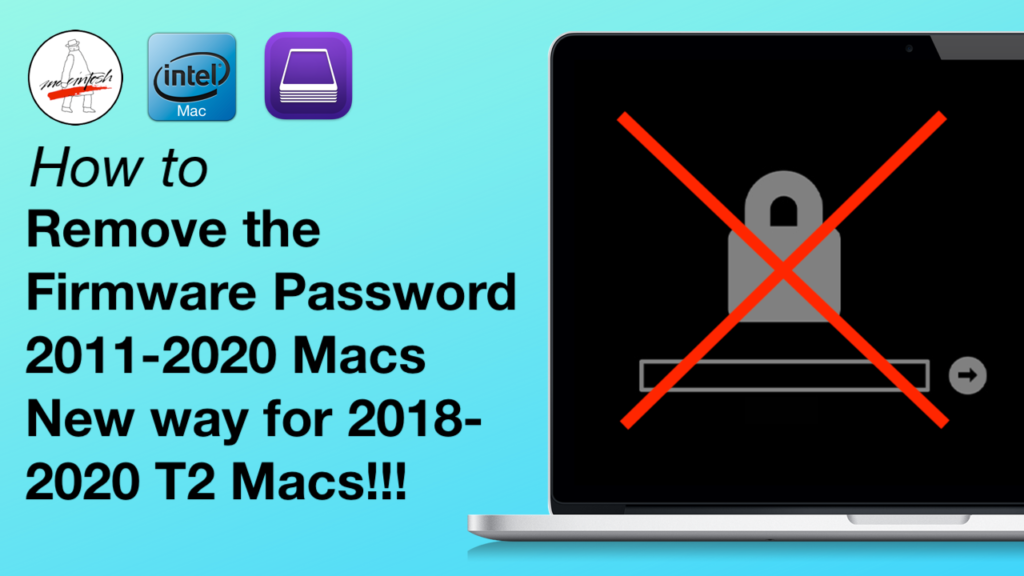
Mac users could no longer depend on physical recovery disks to help them fix any problems on their machines. Since OS X Mountain Lion, everything went digital and maintenance-minded. Part 2 How to Create an OS X Recovery Disk Click the "Repair Disk" button to start fixing this button. To check the problem your Mac has, click the "Verify Disk" button.
Click "Disk Utility" and choose the drive you want to repair on your Mac. (Note: if you do not see this, but instead see a login page, you will need to restart your Mac and do the whole process again). When your Mac has started up, the OS X utility window will appear and prompt you to choose one of the four options listed above. Continue to do this until the Apple logo appears. To put your Mac into Recovery Mode, restart your machine and hold down the "Command + R" keys on your keyboard simultaneously. However, if you can’t run it on your device, this is the second best.Here is how to repair Mac disk and recover Mac with OS X Recovery Disk: Mojave, the newest version of MacOS, brought even more improved features to the table. If you’re running Sierra on your Mac, you will be able to run this one as well. Many other discreet changes happened all over the system. It went through a total revamp both visually in its interface and terms of tools and functions available. The most noticeable changes took place in Apple’s Photo App, though. There are also notification controls, and you will experience a boost in performance, too. The users can now control annoying auto-play videos, prevent tracking, and more. They added support for virtual reality headsets as well.īesides that, when it comes to Safari, Mac search engine, there are some notable improvements with the update. 

These formats compress data - that’s a benefit as files can get huge with ever-rising resolutions. Thus, it boosts performance and helps manage device memory issues.Īpple also introduced new formats for video and photos in this version. It enables the storage and encryption of a large number of files.

The Apple file system is the most significant feature it brought. There are few bells and whistles, but the changes are noticeable and positive. High Sierra emphasizes the already-existing benefits of MacOS previous system, Sierra. In essence, High Sierra took what was good with Sierra and developed it into a more comprehensive software.






 0 kommentar(er)
0 kommentar(er)
